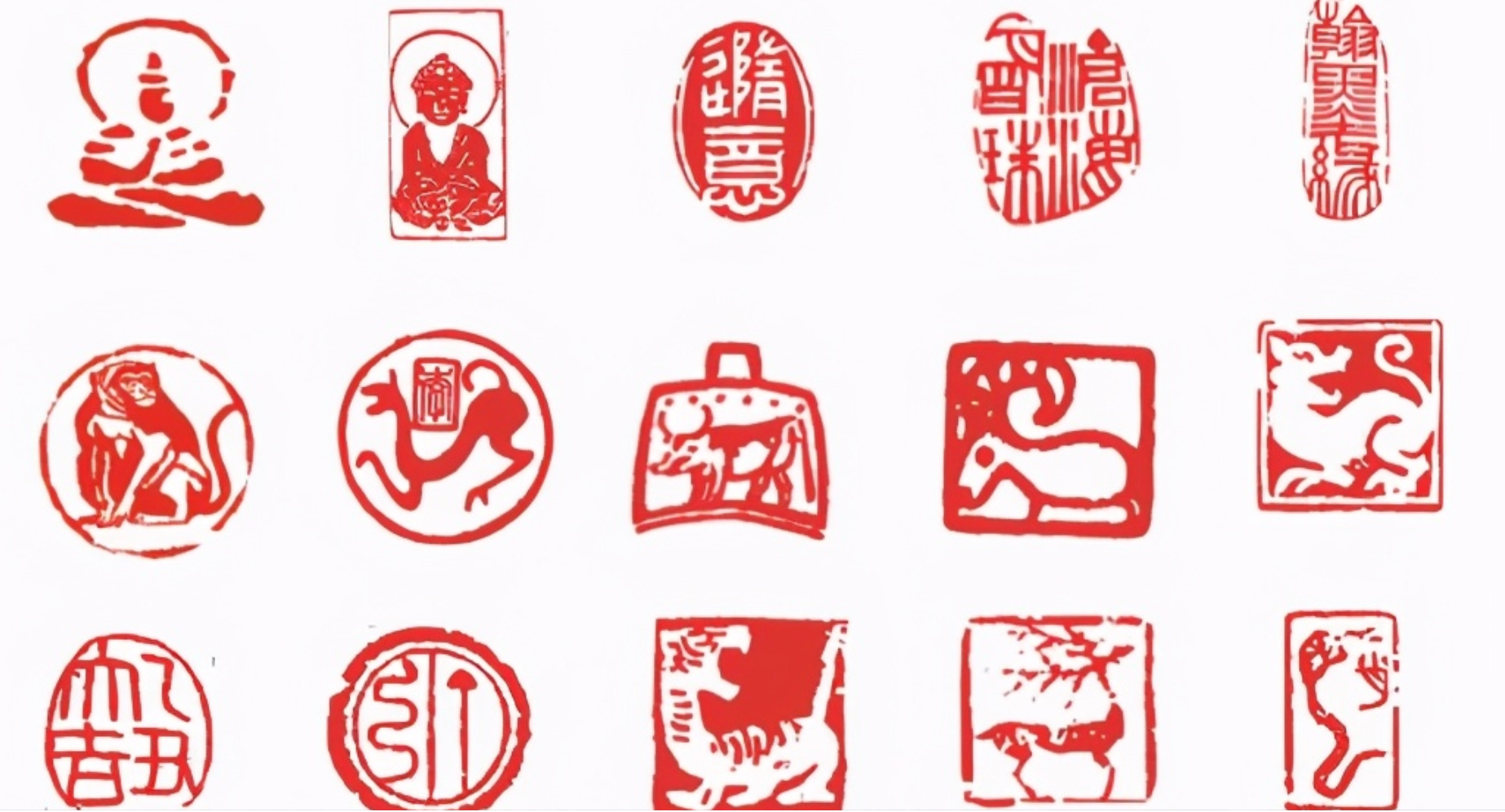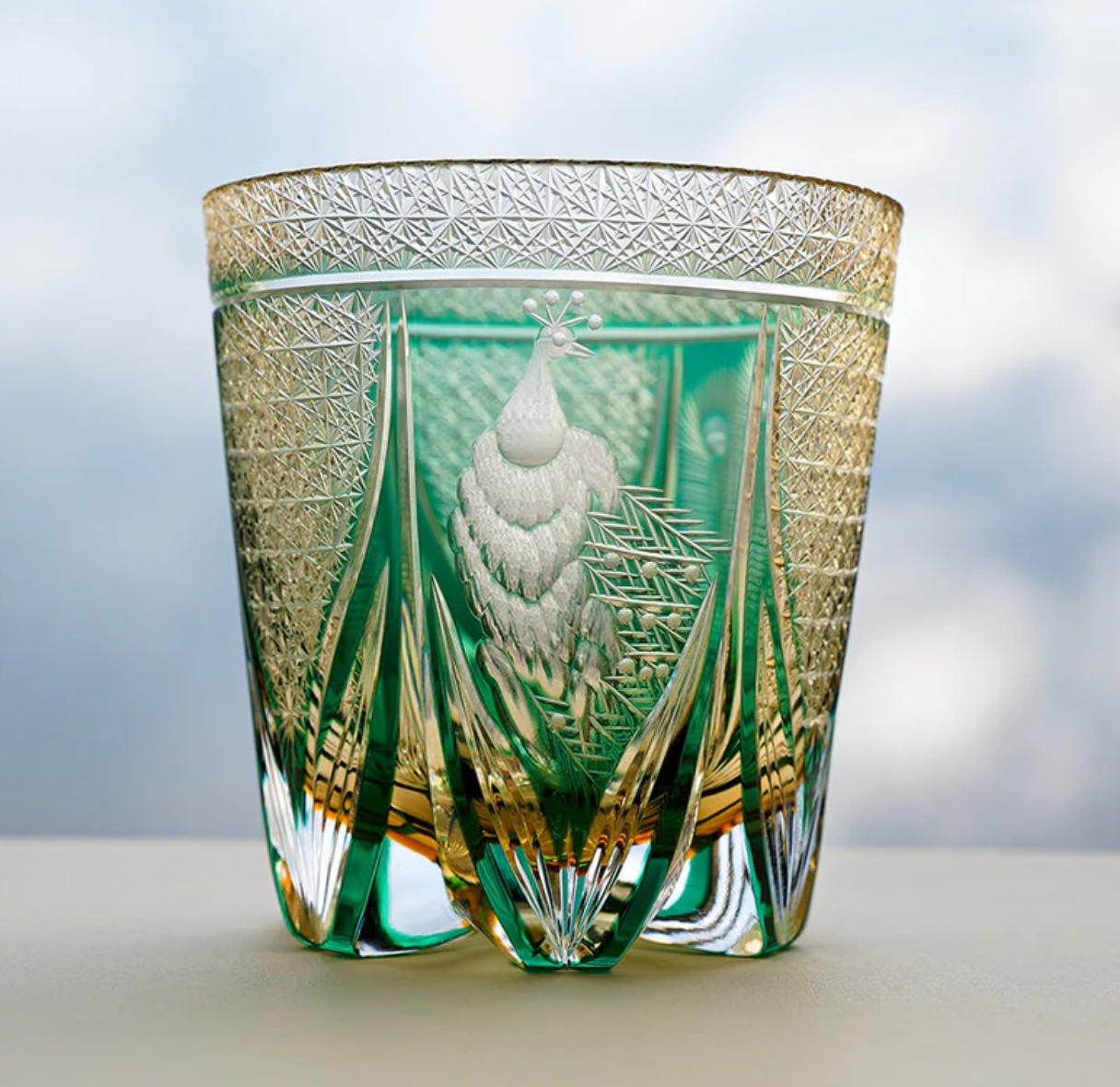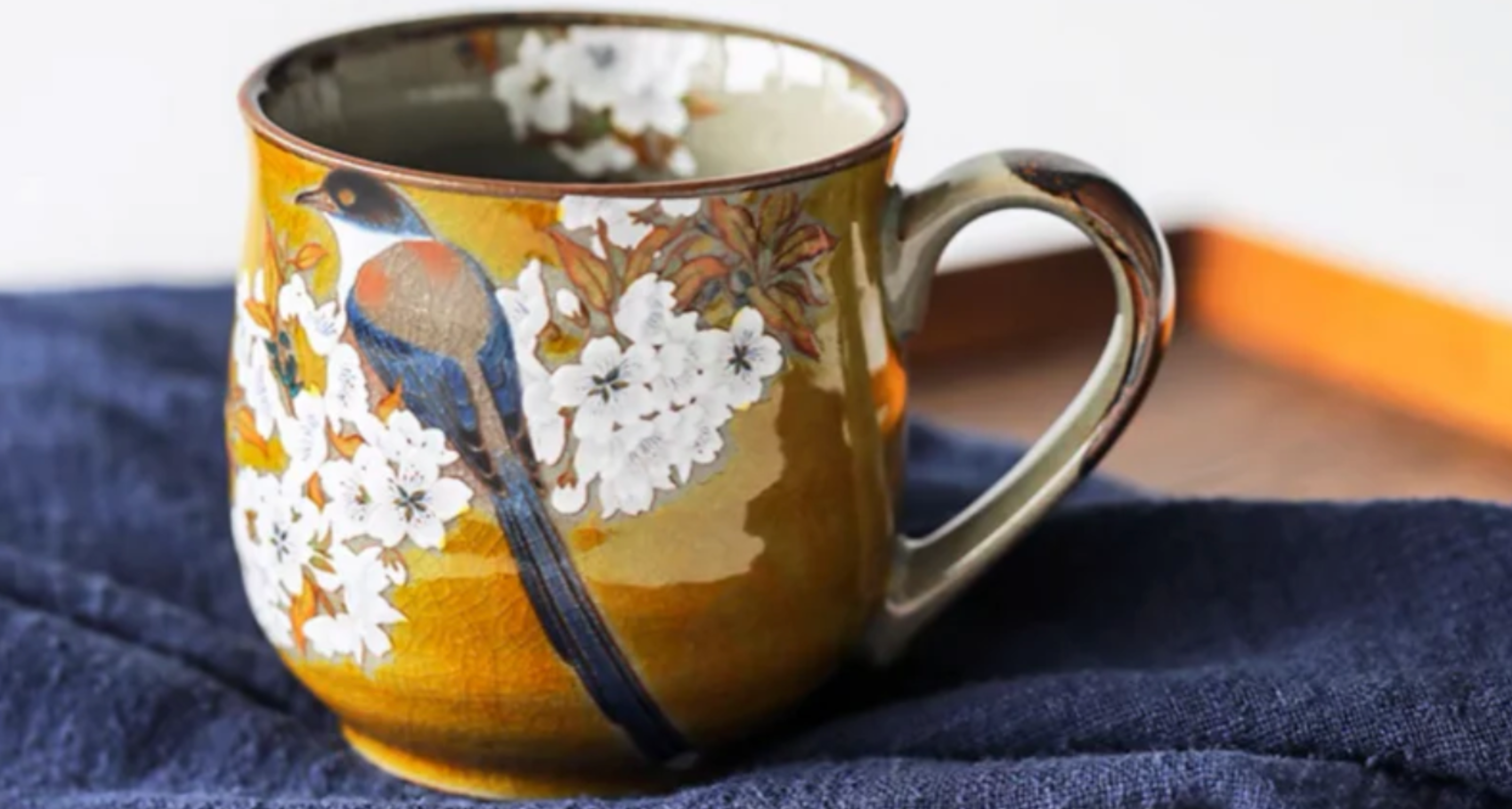
The Art of the Hanko: A Signature of Identity and Craftsmanship
In a world dominated by digital signatures and electronic approvals, the hanko (判子)—Japan's traditional personal seal—stands as a powerful testament to the enduring value of identity, trust, and meticulous craftsmanship. More than just a stamp, the hanko is a profound symbol of the individual, carrying the weight of a signature and the beauty of a handcrafted object. For centuries, it has been an essential part of Japanese life, from signing official documents to acknowledging everyday tasks. At Oriental Artisan, we believe a hanko represents the ultimate fusion of utility and personal artistry, a unique expression of one's place in the world.
What is a Hanko? A Signature of Substance and Ceremony
A hanko is a small, cylindrical stamp used in Japan in place of, or alongside, a handwritten signature. It is pressed into a high-quality red ink paste (shu-niku) and stamped onto documents, leaving a crisp, official mark. Its use is deeply embedded in the culture:
-
Legal & Official Authority: A registered hanko is a legally binding identifier, used for significant life events such as buying a house, registering a business, or opening a bank account. It is a physical symbol of a person's consent and responsibility.
-
Symbol of Identity: Each hanko is highly personal and often bears a family name or full name, expertly carved by hand. It is a unique and irreplaceable representation of the individual, serving as a powerful emblem of their identity.
-
Cultural Ritual: The act of stamping a hanko is a quiet, deliberate ritual. It signifies a moment of official finality, a physical mark of agreement that carries more weight and permanence than a simple scribble.
The Anatomy of a Hanko: Craftsmanship in Every Detail
The true beauty of a hanko lies in its craftsmanship, from the material it is made from to the intricate carving on its face.
-
The Material: A hanko's material is a reflection of its importance and a symbol of personal taste. While everyday seals may be made from plastic, luxury hankos are crafted from exquisite, durable materials such as:
-
Premium Wood: High-grade boxwood (tsuge) is a traditional favorite, known for its fine grain and durability.
-
Natural Horn: Buffalo horn provides a luxurious, rich texture.
-
Modern & Precious Materials: Contemporary artisans also craft hankos from materials like sleek titanium, crystal, or even ethically sourced, rare hardwoods, offering a modern twist on a classic tradition.
-
-
The Face (Jimen): The most critical element is the meticulously carved face, which typically features the name in a classic, ornate style of script, such as Tensho. The hanko carver (Inshōka) is not just an engraver; they are a true artist who designs a unique, aesthetically pleasing, and hard-to-forge pattern from the name.
-
The Case (Inrō): A hanko is often housed in a beautiful case, which can be a work of art in itself. Made from fine leather, brocaded silk, or exquisite lacquered wood, these cases protect the seal and add a layer of ceremony to its use.
-
The Ink (Shu-niku): The vibrant red paste is a thick, high-quality substance that ensures a clean, crisp, and long-lasting impression. The quality of the ink is essential to a perfect seal.
Types of Hanko: A Seal for Every Purpose
In Japan, a person's collection of hankos often grows with their life, each serving a specific role:
-
Jitsuin (実印): The "true seal" is the most important and legally registered seal. It is used for major transactions like purchasing property or vehicles, and is a symbol of a person's legal identity.
-
Ginkōin (銀行印): The "bank seal" is used for banking and financial transactions. Its design is kept separate from the jitsuin to prevent fraud.
-
Mitomein (認印): The "private seal" is for everyday, informal use, such as signing for a delivery or acknowledging an office memo.
The Hanko in the Modern World: An Enduring Legacy
While the rise of digital technology has begun to shift some of its usage, the hanko remains a cherished part of Japanese culture. Its enduring value lies in its role as a beautiful, personalized, and tangible symbol of identity. As a gift, a custom-made hanko is an incredibly thoughtful and personal gesture, signifying respect, trust, and a celebration of a person's unique name.
At Oriental Artisan, we believe that the artistry and personal significance of the hanko align perfectly with our dedication to handcrafted, luxury objects. We offer a curated collection of exquisite hankos and accompanying accessories, crafted from the finest materials and carved by master artisans. Owning a hanko is to possess a piece of art that is uniquely your own—a beautiful, powerful symbol of your personal journey.

Create a mark of your own. Explore Oriental Artisan's exquisite collection of authentic Japanese hankos and accessories, and acquire a beautiful, timeless symbol of your identity.




Leave a comment
This site is protected by hCaptcha and the hCaptcha Privacy Policy and Terms of Service apply.